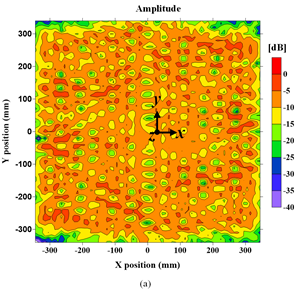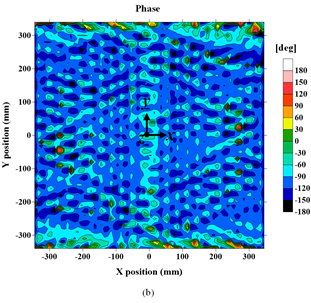Small synthetic aperture radar satellite
JAXA Supercomputer System Annual Report April 2016-March 2017
Report Number: R16E0068
- Responsible Representative: Takahiro Yamada(Institute of Space and Astronautical Science, Division of Spacecraft Engineering)
- Contact Information: Hirobumi Saito(saito.hirobumi@jaxa.jp)
- Members: Tomoya Fukami, Vinay Ravindra, Hirobumi Saito, Kengo Ando, Pyne Budhaditya, Prilando Rizki Akbar
- Subject Category: Space(Space utilization)
Abstract
We are goint to develop synthetic aperture radar system that can be onboard on a 100kg class satellite and to verify it on ground. Conventionally radar observations have required large or medium satellite with 500-1000kg mass. Our research and development may change earth observation drastically.
Goal
The purpose of this project is to develop synthetic aperture radar system that is compatible to 100kg class satellite in order to realize on-demand, all weather earth observation system as well as constellation mission.
Objective
We are going to develop synthetic aperture radar system that can be onboard on a 100kg class satellite and to verify it on ground.
References and Links
Please refer ‘English Home of 齋藤宏文研究室‘.
Please refer ‘Impulsing Paradigm Change through Disruptive Technologies Program ImPACT: R&D Programs‘.
Use of the Supercomputer
We utilize super-computer for design of slot array antennas dedicated for small synthetic aperture radar.
Necessity of the Supercomputer
Design of slot array antenna requires a super-computer that is provided with high speed and large memory.
Achievements of the Year
We performed 3 dimensional electro-magnetic simulation for slot array antenna with size of 70cm x70cm. Figure 1 is an aperture amplitude distribution and Figure 2 is an aperture phase distribution.
Publications
Presentations
1) Prilando Rizki Akbar, Pyne Budhaditya, Hirobumi Saito Jiro Hirokawa. ‘Current State of Antenna Design for X-band SAR Sensor onboard 100 Kg Class Satellite,’ Eucap 2017, Paris, March 2017.
Computational Information
- Parallelization Methods: Hybrid Parallelization
- Process Parallelization Methods: MPI
- Thread Parallelization Methods: OpenMP
- Number of Processes: 6
- Number of Threads per Process: 8
- Number of Nodes Used: 4
- Elapsed Time per Case (Hours): 48
- Number of Cases: 100
Resources Used
Total Amount of Virtual Cost(Yen): 1,552,640
Breakdown List by Resources
| System Name | Amount of Core Time(core x hours) | Virtual Cost(Yen) |
|---|---|---|
| SORA-MA | 215,092.29 | 351,301 |
| SORA-PP | 35,823.99 | 305,865 |
| SORA-LM | 34,909.52 | 785,464 |
| SORA-TPP | 0.00 | 0 |
| File System Name | Storage assigned(GiB) | Virtual Cost(Yen) |
|---|---|---|
| /home | 57.22 | 509 |
| /data | 572.20 | 5,097 |
| /ltmp | 11,718.76 | 104,402 |
| Archiving System Name | Storage used(TiB) | Virtual Cost(Yen) |
|---|---|---|
| J-SPACE | 0.00 | 0 |
Note: Virtual Cost=amount of cost, using the unit price list of JAXA Facility Utilization program(2016)
JAXA Supercomputer System Annual Report April 2016-March 2017




